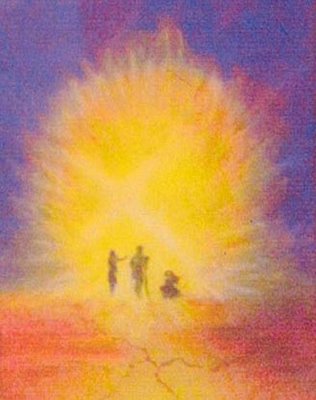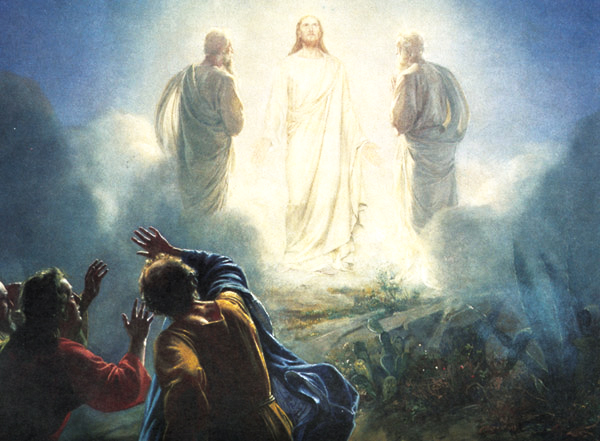Matthew 6:1-6, 16-21 • Joel 2:1-2, 12-17
Psalm 51:1-17 • 2 Corinthians 5:20b-6:10
Shh! Don’t Tell Anyone
Today we are going to talk about our God and His love of secrets.
You get to choose an object today. But don’t tell anyone. It’s a secret.
Here are some ideas for objects:
- a heart-shaped object of some sort
- a small cross
- a wedding ring
- a seed or acorn
- a band-aid
- needle and thread
- a chocolate kiss
- a manger from a small creche set
If fact you might use several of these! It will add to the fun and the understanding of keeping and revealing secrets.
Begin today’s lesson with a question.
Do you remember the last words of last week’s gospel lesson?
Help your congregation remember that last week was Transfiguration Sunday. Jesus and his selected disciples climbed a mountain. There, they met in dazzling light with Moses and Elijah. Then they came down from the mountaintop with Jesus, and Jesus said . . .
Don’t tell anyone one what you just saw until after I’m gone.
God loves a secret.
And then we move to today’s lesson where God is repeatedly described as seeing and hearing in secret.
You might think that such hush-hush behavior would create a distance between God and us, His people.
But think about it.
Doesn’t it draw us closer? It’s Lent. We search our hearts. We find what God already sees. And it’s our secret. In these secret moments, it is just God and you. Secrets create bonds.
The only ones likely to break this secret bond are we.
So how do we keep our mouths shut? Does God really expect us to keep quiet? The revealing of a secret can be like a dam breaking!
One way is to keep in touch with God. Keep sharing our secrets. God knows them anyway. But he doesn’t mind hearing from us from time to time. Jesus put a time limit on keeping the secret of the Transfiguration. The timing for the revelation of our secrets is up to us.
This is one of those “adult” object lessons that also works with children. Children understand secrets—perhaps better than adults.
As you talk about the God who sees and hears in secret, share your secret object(s). You can just hold one in your closed palm or you can have it nested in a small candy or jewelry box. If you use more than one object, alternate. Your secret will be different from listener to listener.
For extra mystique, you might pre-plan to leave one person out. Make sure people realize that someone is being left out.
Allow your congregation to figure out what to do about that.
That’s part of the power of the secret . . . wondering exactly what we mortals are supposed to do with it!
VARIATION 1: You might ask each member of the congregation what meaning they find in the object revealed to them — without revealing what object they saw. This will create some intrigue when a person who sees a band-aid or needle and thread talks to the people who saw a ring or chocolate kiss.
VARIATION 2: If you use this object lesson with a larger group or as a camp or youth skit, you can have a few young people circulating through the gathering, each showing a different object. This technique would be a way of engaging younger members of the congregation.
photo credit: Naenia Ivella via photopin cc
_____________________________________
Please Consider Subscribing to 2×2
2x2virtualchurch adds a new object lesson to our library each week. There are nearly 100 in our collection. If you like our easy, interactive approach to teaching adult learners, please consider subscribing. You will receive a weekly slideshow (which you can use on your church website or during worship), an object lesson and many other church planning ideas—all geared for small church use.
Thank you.
[jetpack_subscription_form]






